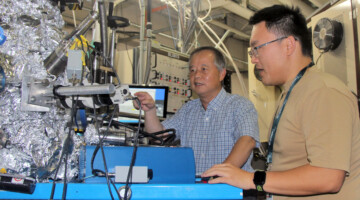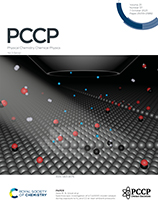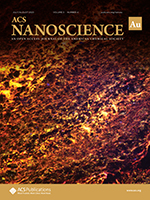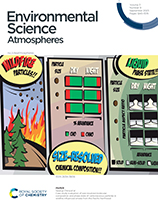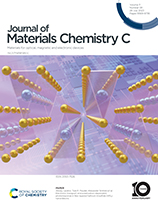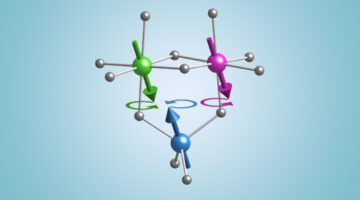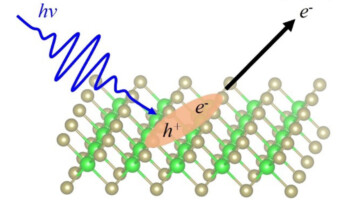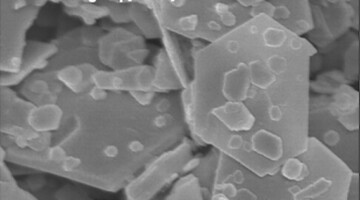Matrix stones are an unusual type of soft kidney stone closely associated with the presence of bacteria from unchecked urinary tract infections. Researchers conducted a comprehensive study of surgically extracted matrix stones, work that highlights how host defense mechanisms against microbes can simultaneously encourage harmful stone formation. Read more »
ALS Work Using Spectroscopy
These techniques are used to study the energies of particles that are emitted or absorbed by samples that are exposed to the light-source beam and are commonly used to determine the characteristics of chemical bonding and electron motion.
HyMARC Aims to Hit Targets for Hydrogen Storage Using X-Ray Science
Understanding how materials absorb and release hydrogen is the focus of the Hydrogen Materials Advanced Research Consortium (HyMARC). At the ALS, the HyMARC Approved Program was recently renewed, underscoring the key role that soft x-ray techniques have played in addressing the challenges of hydrogen storage. Read more »
Spectroscopic investigation of a Co(0001) model catalyst during exposure to H2 and CO at near-ambient pressures
We have performed near-ambient-pressure X-ray photoelectron spectroscopy on Co(0001) model catalysts during exposure to gases relevant to Fischer–Tropsch synthesis, i.e., CO and H2, at 0.25 mbar total pressure. At this pressure, CO seems to be more efficient at keeping the Co(0001) surface metallic than H2, which is the opposite behavior as reported in the literature for other pressure ranges. Read more »
Organic Matrix Derived from Host–Microbe Interplay Contributes to Pathological Renal Biomineralization
A composite image of a rare form of kidney stone, illustrating extensive organic filamentous networks abundant with immune response-related proteins such as calprotectin (displayed in red), myeloperoxidase (in yellow), and DNA molecules (in blue). Originating from intricate host-microbe interplay, these organic networks promote the heterogeneous nucleation and precipitation of inorganic particulates. Read more »
Case study evaluation of size-resolved molecular composition and phase state of carbonaceous particles in wildfire influenced smoke from the Pacific Northwest
Wildfires are significant sources of carbonaceous particles in the atmosphere. Given the dependence of atmospheric processes on particle physical and molecular properties, the interplay between particle size, phase state and chemical composition is investigated here for aerosols influenced by a 2021 Pacific Northwest wildfire event. Read more »
Electronic transport and polarization-dependent photoresponse in few-layered hafnium trisulfide (HfS3) nanoribbons
We report on the electrical and optoelectronic characterization of field-effect transistor (FET) devices based on few-layered HfS3 nanoribbons. The results support the contention that in the presence of light, the photocarriers include both electrons and holes, enhancing the photocurrent of devices. Read more »
Capturing the Spin Dynamics of a Complex Magnetic Material
Magnetic iron oxides (ferrites) are complex materials with broad electronic applications that are often driven by microwaves. Here, researchers have precisely measured the spin behavior of several distinct cations in a ferrite material under an applied microwave field, validating a longstanding assumption about magnetic oxide dynamics. Read more »
Excitons Dance the Two-Step in a 2D Material
Excitonic insulators are a rare form of macroscopic quantum state that can be realized at a high temperature, which can be useful for quantum information science. At the ALS, researchers found that in a 2D material, a novel two-step “folding” behavior in the ARPES data signals the existence of an intermediate exciton gas state. Read more »
Surface Engineering Boosts Water-Splitting Efficiency
Researchers modified the surface of an electrocatalyst to maximize its efficiency at splitting water. The optimized material is approximately 40 times more efficient than similar commercial electrocatalysts and could help make the production of clean hydrogen fuel more sustainable and economical. Read more »![]()
![]()
Chiral Twists and Turns Lead Way to New Materials
Researchers found that, in crystals with structural chirality (left- or right-handedness), tuning the electronic behavior reveals hidden chiral phases and singularities. The results provide a new way to predict, test, and manipulate novel materials that exhibit desirable properties for next-generation electronic and spintronic devices. Read more »![]()
![]()
- « Previous Page
- 1
- 2
- 3
- 4
- …
- 27
- Next Page »

